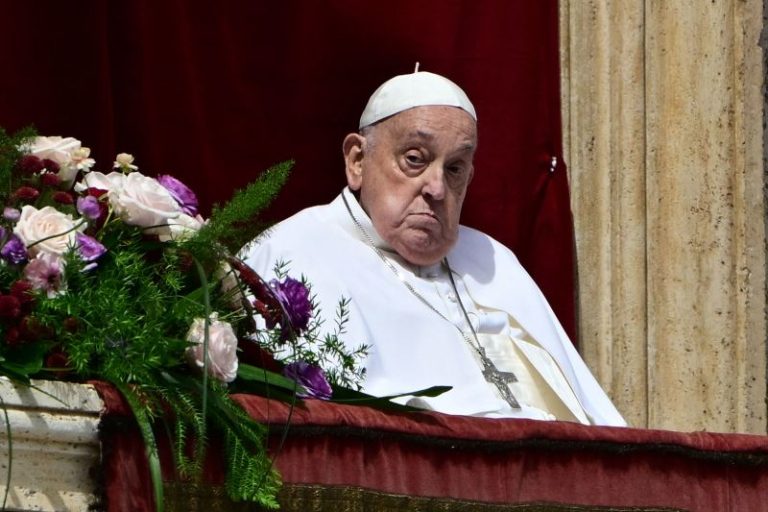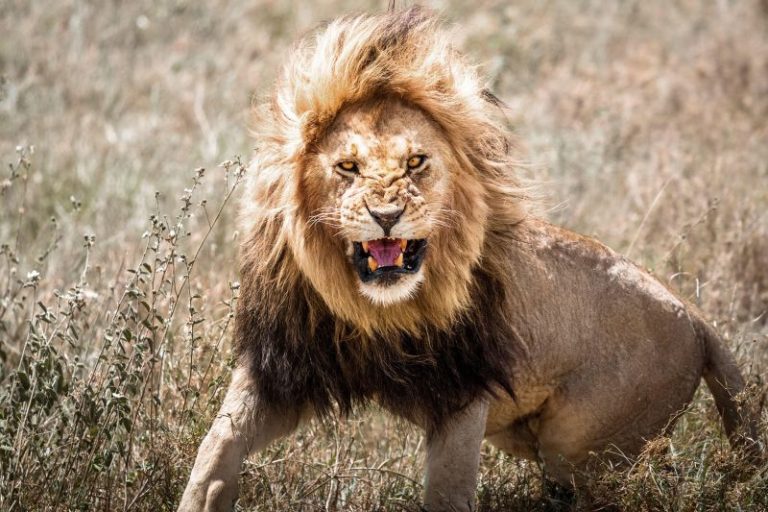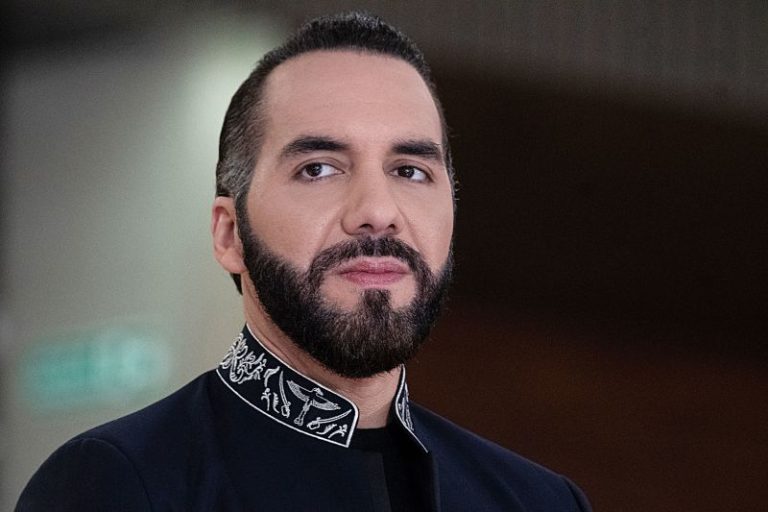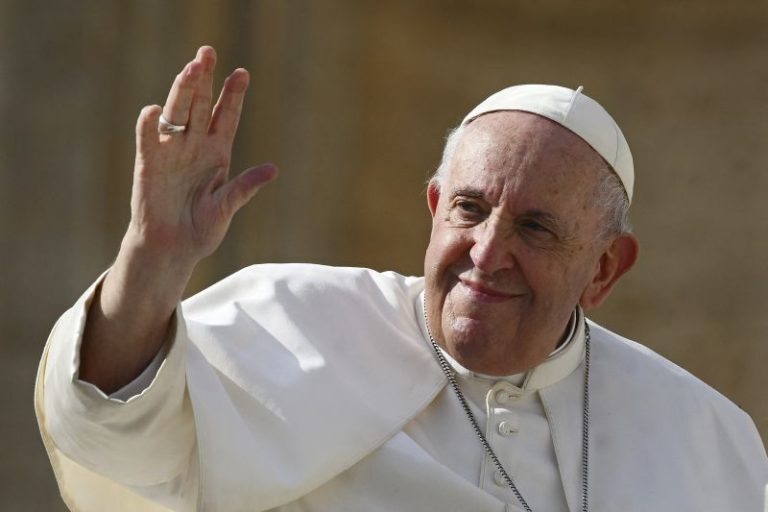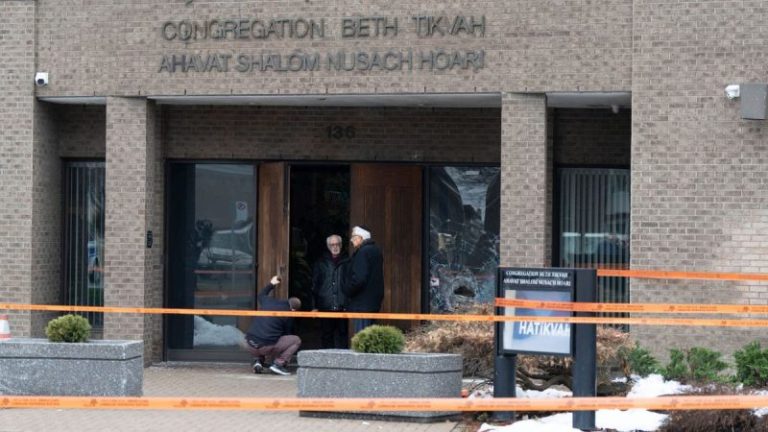Antisemitism in Canada has exploded in the aftermath of Hamas’ Oct. 7, 2023, massacre, reaching record numbers last year and becoming a central issue for the country’s Jewish community ahead of an April 28 federal election.
Last week, Conservative Party leader Pierre Poilievre, the main challenger to Prime Minister Mark Carney accused pro-Hamas protesters of staging ‘hate marches’ and vowing to deport antisemitic foreigners from Canada.
‘The rampaging chaos that we see in our streets, the targeting of synagogues and Jewish schools with hate, vandalism, violence, fire bombings … these things were unheard of 10 years ago,’ Poilievre said.
He also had a warning for foreign agitators. ‘Anyone who is here on a visitor visa who carries out lawbreaking will be deported from this country,’ Poilievre said.
‘To Canada’s Jewish community,’ Poilievre added, ‘you are not alone, you have friends. Canadians stand with you. You have the right to wear your Star of David, your kippah, and have your mezuzah on your door. You should feel proud to be Jewish and should never have to hide your Jewishness in order to stay safe.’
On Friday, Poilievre shared on X the Montreal Jewish Community Council’s call for Jewish voters to endorse him. In the video, the group’s executive director, Rabbi Saul Emanuel, referencing Poilievre’s support for the community, stated, ‘We remember who stood with us when it mattered most, and now we can all make a difference.’
Emanuel noted that Jewish voters could play a decisive role in as many as 14 districts in Canada. ‘Our vote matters, our voice matters. That’s why I am proud to support Pierre Poilievre and I urge you to do the same,’ he said.
Carney has also used social media to condemn antisemitism. In a tweet wishing Jewish Canadians a happy Passover, he condemned the growing incidents, stating in part, ‘Together, we must confront and denounce the rising tide of antisemitism, and the threat it poses to Jewish life and safety in communities across Canada.’
Yet despite his strong words against antisemitism, Carney recently faced criticism following a campaign rally in Calgary, where someone yelled at the Liberal Party leader, ‘There’s a genocide happening in Palestine.’
‘I’m aware,’ Carney replied. ‘That’s why we have an arms embargo [on Israel].’
The next day, Carney, who in March replaced longtime Premier Justin Trudeau, claimed he had not heard the anti-Israel demonstrator correctly.
His backtracking did not stop Israeli Prime Minister Benjamin Netanyahu from entering the fray. He posted on X that ‘Canada has always sided with civilization. So should Mr. Carney.
‘But instead of supporting Israel, a democracy that is fighting a just war with just means against the barbarians of Hamas, he attacks the one and only Jewish state,’ Netanyahu posted.
According to an annual audit released this month by B’nai Brith Canada, the total number of reported cases of Jew hatred in the country hit 6,219 in 2024, a 7.4% increase over 2023 and the highest number since the survey’s inception in 1982.
Antisemitic incidents in Canada have skyrocketed by 124.6% since 2022.
‘Over the last 18 months, a new baseline has been established for antisemitism in Canada, and it’s having a detrimental effect on the lives of Jewish people,’ Richard Robertson, director of research and advocacy at B’nai Brith Canada, told Fox News Digital. ‘We are seeing an increase in certain forms of antisemitism, specifically anti-Zionism.’
Irwin Cotler, a former justice minister and attorney general of Canada for the Liberal Party, told Fox News Digital ‘antisemitism has become mainstream, normalized and legitimized in the political, popular, academic, media, entertainment and sport cultures. All this happened in the absence of outrage,’ he said.
‘I hope that whichever party gets elected, we will see deliverables in combating specific hate crime, hate speech, harassment, assault, vandalism and all the things you find reported in the [B’nai Brith] annual report. From my experience, even those statistics are not telling the true story. They are underreported.’
‘The community of democracies must act because the security of our collective freedom is at stake,’ Cotler warned.
Israeli Ambassador to Canada Iddo Moed told Fox News Digital many local Jews ‘feel vulnerable, unsafe and unprotected by law enforcement bodies, governments and education systems that have stood by as antisemitism reached crisis levels.’
He noted that Israel, the homeland of the Jewish people, is obligated to act when Jews in the Diaspora are in distress.
‘Equipping teachers with the resources to teach about antisemitism and the Holocaust is essential to ensure future generations understand the dangers of hatred and continue to embrace peace, tolerance and equality,’ he added.
The antisemitism survey highlighted numerous incidents, ranging from Quebec daily La Presse publishing a cartoon depicting Netanyahu as Nosferatu, a vampire associated with Jews in Nazi-era propaganda and a pro-Hamas protester at the University of Toronto shouting at a Jewish student that Hitler should have ‘murdered all of you.’
In May, an arsonist ignited a fire at the entrance to the Schara Tzedeck Synagogue in Vancouver as prayers concluded. The same month, shots were fired at the Bais Chaya Mushka girls’ school in Toronto, and the school has since been targeted twice more by gunfire. In August, a bomb threat affected Jewish institutions across the country. In December, a firebomb struck Congregation Beth Tikvah in Montreal, the second such attack since Oct. 7, 2023.
Thereafter, Israeli President Isaac Herzog called on the Canadian government to take action to ‘stamp out’ antisemitism.
‘The world must wake up. Words are not enough. Synagogues burned. Jews attacked. Never again is now,’ he said, employing the adage stressing a commitment to preventing another Holocaust.
Anthony Housefather is the MP in the House of Commons for Mount Royal, an area with a large Jewish population held by the Liberals since 1940 being viewed as a bellwether for where the community stands.
‘The alarming numbers [of antisemitic incidents] make it clear as to why every level of government in the country needs to work together to implement all the recommendations set out in the justice committee report of last December and the commitments made at the national summit on antisemitism in March,’ Housefather told Fox News Digital.
Trudeau, who was widely panned for failing to adequately address the groundswell of antisemitism, had announced the summit within hours of Herzog’s condemnation.
Neil Oberman, the Conservative Party candidate running against Housefather, told Fox News Digital that in Mount Royal ‘personal safety and security have become serious issues.
‘It’s a stark reminder of the urgent need for a federal government consisting of adults implementing actions instead of putting together summits and position papers and blaming everybody else to combat hate and protect vulnerable communities,’ Oberman said.
This post appeared first on FOX NEWS


